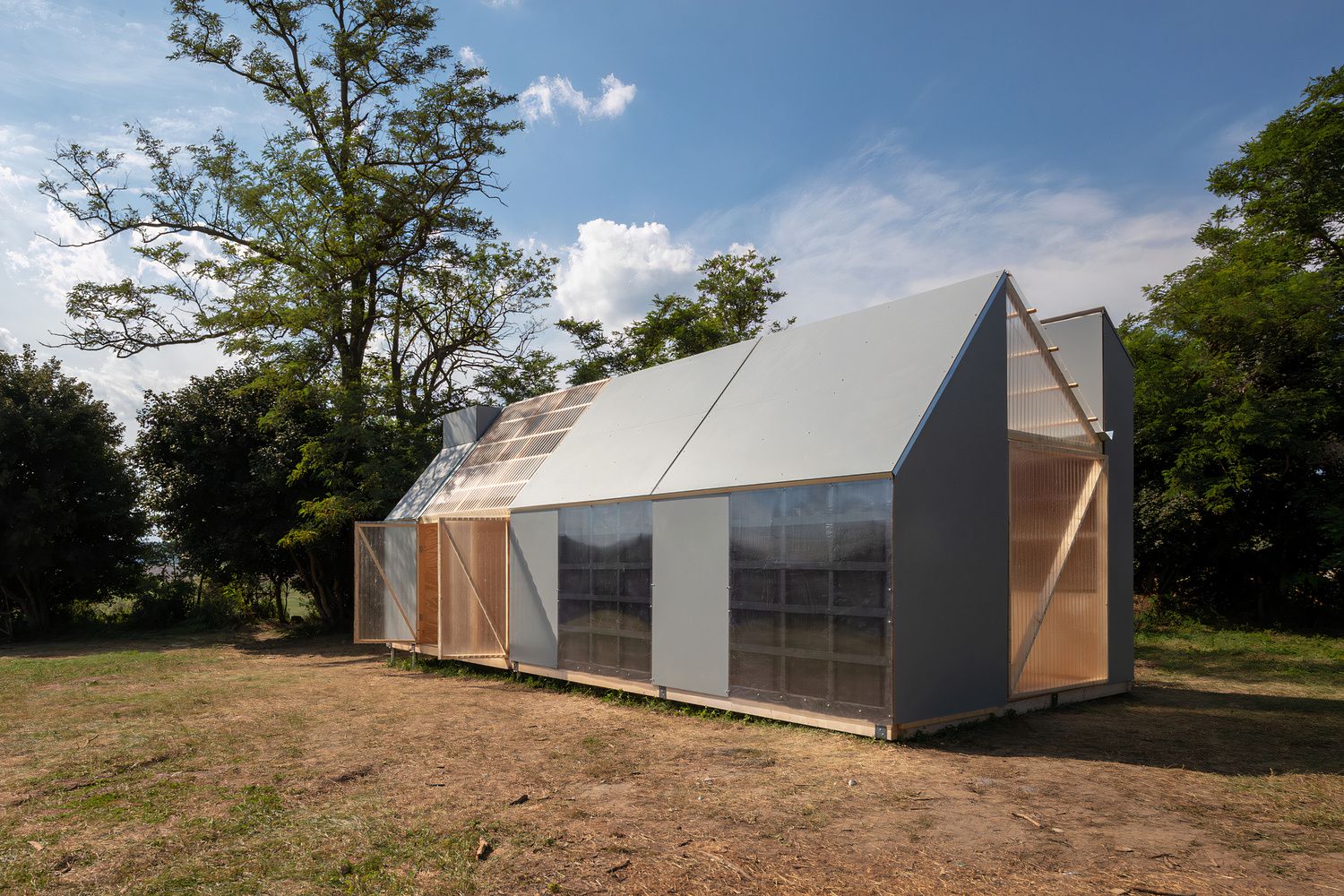How Does a Trombe Wall Work?
Solar heating has existed in architecture since ancient times, when people used adobe and stone walls to trap heat during the day and slowly release it at night. In its modern form, however, solar heating first developed in the 1920s, when European architects began experimenting with passive solar methods in mass housing. In Germany, Otto Haesler, Walter Gropius, and others designed schematic Zeilenbau flats that optimized sunlight, and following the import of “heliotropic housing” to the U.S., wartime fuel shortages during World War II quickly popularized passive solar heating. Variations of this system then proliferated around the world, but it was not until 1967 that the first Trombe wall was implemented by architect Jacques Michel in Odeillo, France. Named after engineer Felix Trombe, the system combines glass and a dark, heat-absorbing material to conduct heat slowly into the house.
 Picture: Bujnovsky Tamas
Picture: Bujnovsky Tamas
Comments :